I'm using the spf-13 VIM setup 1. I'm a bit confused about the colorschemes. It seems they just source the files which call :hi set color commands, and since not all colors are set in all colorschemes, the colors you actually get depend on what order you invoke the colorschemes.
This is my default colorscheme upon launch. .vimrc claims that it is solarized and :colo also claims that it is solarized.

Yet its not really completely solarized. The background color is different. I actually quite like the background color. The even/odd white tabs are unusable though.
Set it now:
:colorscheme solarized

:colorscheme django

:colorscheme solarized

So now it has inherited certain settings from the django colorscheme.
I added this to my ~/.vimrc.local trying to just hack the colorscheme after startup
hi IndentGuidesOdd ctermbg=235
hi IndentGuidesEven ctermbg=236
but these are just over-written later. Is it csapprox doing this ?
Also csapprox is leaving colorscheme files in my working directories. I have "django" and "solarized" files in my project directories.
Honestly I'm not sure if I need csapprox, maybe these schemes would work without it. But with spf-13 its still tricky to figure out how to correctly remove bundles.